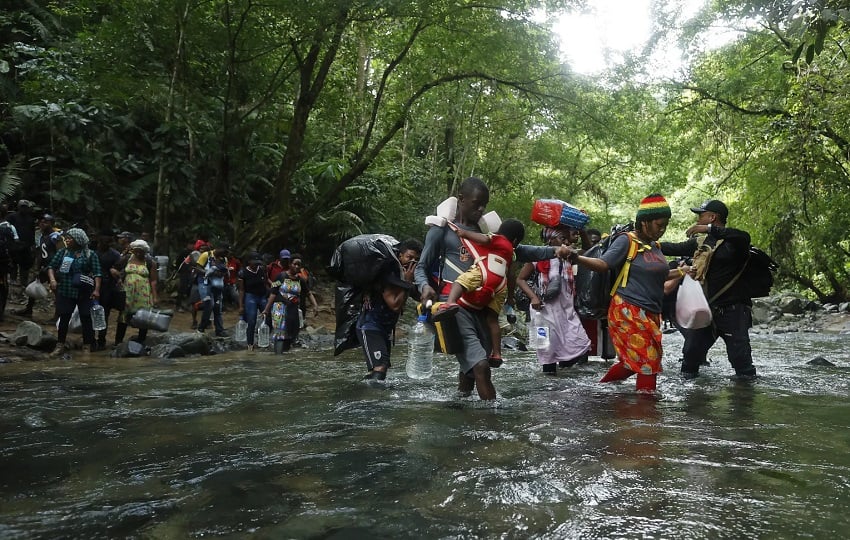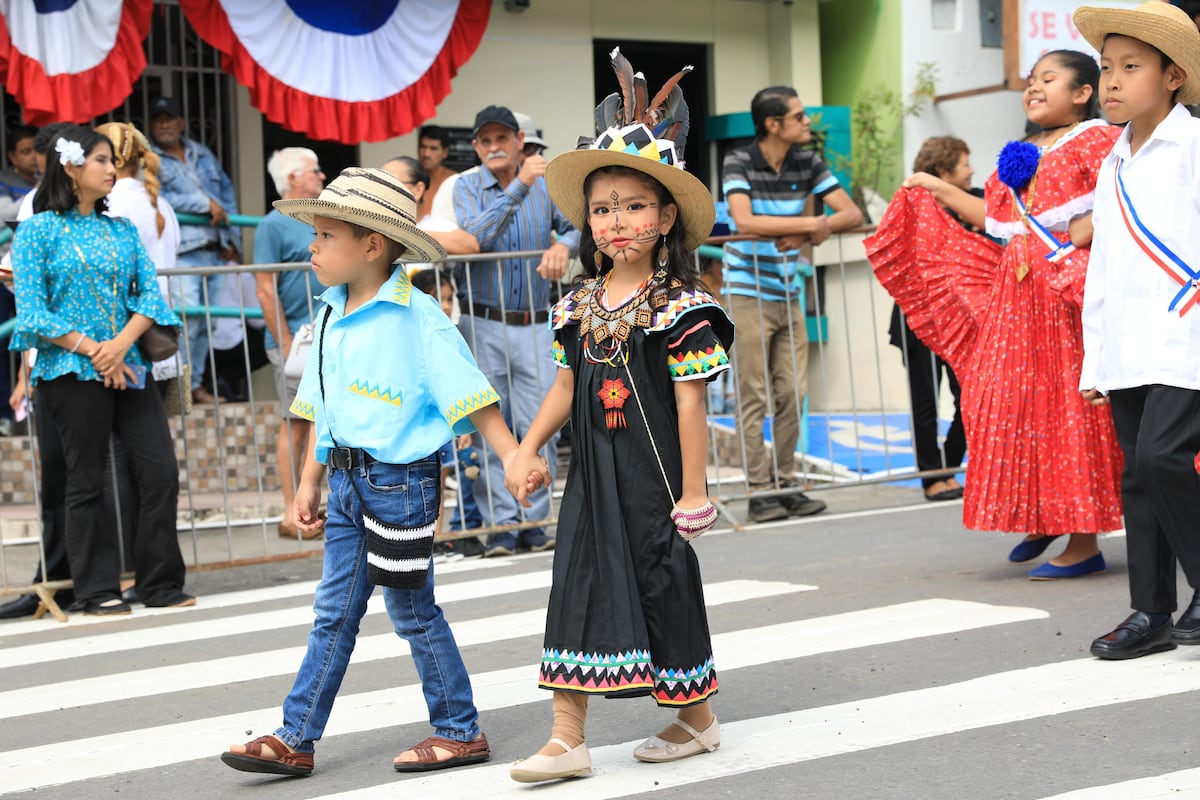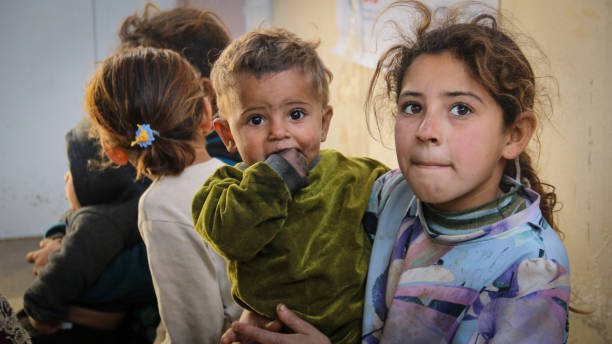Women and Children of Panama are the Main Victims of Human Trafficking
In Panama, minors disappear every 11 hours, and it is not ruled out that many of the reported cases are due to this scourge of migration.

Data provided by the International Organization for Migration (IOM) reveals that 78% of the victims of human trafficking in the world are minors, a reality that Panama cannot escape despite its efforts, since its strategic position has turned it into a transit country for this scourge, therefore, experts mention that greater cooperation between nations is needed to eradicate this illegal movement that affects thousands of people annually. Giuseppe Loprete, IOM’s head of mission in Panama, mentioned the importance of strengthening international cooperation to reduce the incidence of these criminal organizations, which generate approximately $40 billion annually by exploiting the vulnerability of citizens.

He mentioned that migration plays a crucial role in human trafficking, as many individuals leave their countries in search of a better life and are captured by these organizations along the way for sexual or labor exploitation. Therefore, the fact that Panama has controlled the flow of migrants through the Darien jungle will help reduce cases. Loprete clarified that, for now, Panama is merely a transit route; however, it is not ruled out that nationals may be working for these transnational organizations because they maintain operations all over the world. In the country, according to Lucy Córdoba, a human rights activist with the Observatory Walking for Children, minors disappear every 11 hours , and it is not ruled out that many of the reported cases are due to human trafficking, since the missing have been located in other countries such as Nicaragua, Costa Rica, Ecuador, and Honduras.

The areas with the highest incidence are: Chiriquí, Bocas del Toro, Western Panama, Veraguas and the Comarcas. He added that, as of last weekend, there were 39 missing minors for whom there is still no information. Therefore, it is important for citizens to understand the seriousness of the issue and stop stigmatizing the cases as “rebellion” or “dating” so that the searches can be more effective. “I ask the people working on these searches to look for each child as if they were their own, because we’re talking about a broken chair in a house, a completely desperate family, and we all have value,” she said. Mayra Silvera, head of the Ministry of Public Security’s (Minseg) institutional office against human trafficking, explained that, as of December 2024, a total of 172 victims of this crime had been identified, and so far in 2025, 13 have been identified. “In 2025, we have 13 victims, 6 fully identified and 7 yet to be preliminarily identified,” he explained.





